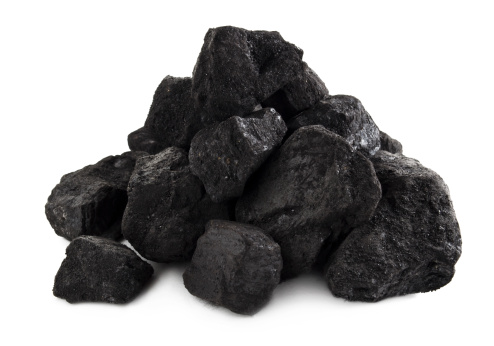Commodities & Metals
Scientists Urge Closure of Hundreds of Coal-fired Power Plants
Published:

The UCS used economic criteria to identify up to 59,000 megawatts (about 6.3% of total U.S. production) of coal-fired generation that the group called “ripe for retirement.” The range is 153 to 353 power plants in addition to 288 already scheduled by the plants’ owners to be closed. The combined total generation of the “ripe for retirement” plants and the others already set to be closed totals about 100,000 megawatts, or just over 10% of total U.S. generation capability.
While acknowledging the pollution and health impacts of coal-fired generation, the UCS focused on economics in reaching its conclusions:
Less widely appreciated is that many of these coal plants have reached the end of their useful life—it simply makes no economic sense to keep them running when cheaper, cleaner alternatives are available. … The owners of these [288] soon-to-be-retired generators have concluded that paying for costly upgrades to keep their outdated coal plants running is a bad investment—particularly now that there are many cleaner, lower-cost alternatives that can
replace old coal units while maintaining the reliability of the electric system.
According to the UCS, natural gas-fired plants ran at an average of 39% of capacity in 2010. If that average were to be ratcheted up to 85%, no new power plants would have to be built. That’s just a raw number and the solution is probably not that simple. Another issue with this solution is that natural gas-fired plants are heavily used at peak demand periods and other spare capacity may need to be built.
A last significant issue is whether or not the antiquated U.S. electrical grid could move the electricity to where it is needed. The report just skates over this issue:
Investments in new transmission lines could be targeted to bring renewable energy to market. Investments in advanced energy technologies that better balance supply and demand, and integrate large amounts of variable resources into the electricity grid, could also help enable a smooth transition to a low-carbon energy future in the long run.
The “investments” needed to upgrade the U.S. electricity grid have been estimated as high as $1 trillion. That much may not be needed to accommodate the UCS plan, but a significant fraction would be required, and who pays for the upgrade is a non-trivial question.
The executive summary of the report is available here.
Paul Ausick
The Average American Is Losing Momentum On Their Savings Every Day (Sponsor)
If you’re like many Americans and keep your money ‘safe’ in a checking or savings account, think again. The average yield on a savings account is a paltry .4%1 today. Checking accounts are even worse.
But there is good news. To win qualified customers, some accounts are paying more than 7x the national average. That’s an incredible way to keep your money safe and earn more at the same time. Our top pick for high yield savings accounts includes other benefits as well. You can earn a $200 bonus and up to 7X the national average with qualifying deposits. Terms apply. Member, FDIC.
Click here to see how much more you could be earning on your savings today. It takes just a few minutes to open an account to make your money work for you.
Thank you for reading! Have some feedback for us?
Contact the 24/7 Wall St. editorial team.